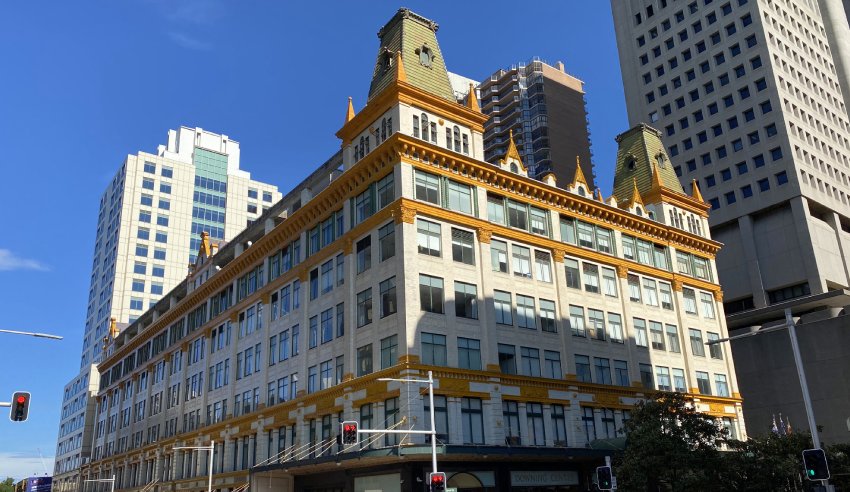New data that analysed the monthly finalisation rates of seven District Courts after new judges were appointed found that while this made a difference in two instances, it did not make a significant change in the state’s busiest jurisdictions.

In response to the rising court backlogs in 2019, and inspired by recent success, the NSW government appointed seven additional judges to different courts throughout the state with the intention of significantly reducing the workloads, hearing more matters throughout the sitting year and reducing the time spent in the courtroom.
The study considered the District Court’s monthly finalisation rates before and after the reforms at the Downing Centre and in Newcastle, Gosford, Wollongong, Lismore, and Coffs Harbour. BOCSAR found that the reforms were associated with increases in Newcastle and Wollongong, but the same could not be said for the other courts.
Commenting on the findings, BOCSAR executive director Jackie Fitzgerald said that there are two apparent reasons why the reforms generated only a small increase and why the government should be considering a different approach next time.
“Firstly, in many courts, the new judges replaced acting judges, so that there was no actual increase in judicial capacity. Secondly, some courts saw an increase in sexual assault trials, which are generally longer and require more judicial resources.”
BOCSAR did make a note in its full report that it could not rule out that the results could be driven from varying trends between the treatment and control courts.
In analysing the new impact of the new judges, BOCSAR considered other measures implemented by the NSW government to address the District Court’s backlog. The first of these, the Rolling Courts List, was introduced in 2015 at the Sydney Downing Centre. Any cases in this list were significantly more likely to result in an early guilty plea and took significantly less time to finalise the case.
The next set of reforms, between 2016 and 2017, included new appointments, which also consisted of five new judges. At that time, the additional judges were associated with a monthly increase of 8.5 additional finalisations. Other reforms over the next few years also indicated success in limiting the backlogs and reducing workloads.
“The primary conclusion to be drawn from these studies is that, by and large, recent measures introduced by the NSW government have been successful in increasing efficiency in the District Court,” the report noted. “Unfortunately, however, these attempts to increase the ‘outflow’ have been met with an increase in the ‘inflow’.”
During the first year, the seven judges were primarily based at the Sydney Downing Centre. Two were allocated to deal with the increased volume of civil matters coming out of the Royal Commission into Institutional Responses to Child Sexual Abuse while the remaining two were allocated to criminal matters.
From there, they were moved to the other courts. The mechanisms from which they may have increased monthly finalisations were measured by the additional sitting weeks. Courthouses that gained more than 10 were assigned the treatment group.
Specifically, the reforms were associated with the increase to 3.34 finalisations per month in Newcastle and 5.26 in Wollongong. Comparatively, the third-highest increase was 1.26 per month in Gosford. At the Sydney Downing Centre, one of Australia’s busiest courts, there was a minus 0.33 difference.
Referring to what needs to change for the next reforms, the report submitted: “For these appointments to have the largest effect, they should add to (rather than replace) existing judicial capacity. Furthermore, additional judges do not impact on the ‘inflow of cases, and their effectiveness is sensitive to changes in volume.
“A combination of effective court management policies which addresses both the inflow and outflow of cases may be most effective in reducing the court backlogs.”
